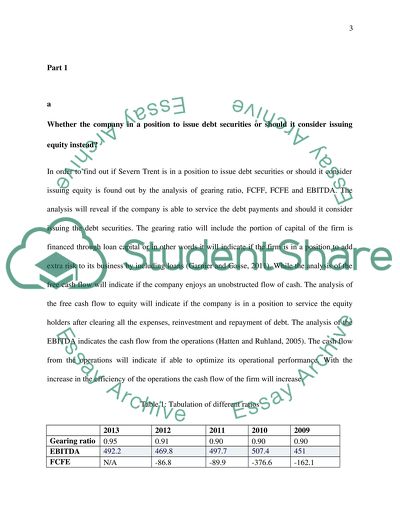Cite this document
(“Equities and Fixed Income Investments Assignment”, n.d.)
Equities and Fixed Income Investments Assignment. Retrieved from https://studentshare.org/finance-accounting/1481420-equities-and-fixed-income-investments
Equities and Fixed Income Investments Assignment. Retrieved from https://studentshare.org/finance-accounting/1481420-equities-and-fixed-income-investments
(Equities and Fixed Income Investments Assignment)
Equities and Fixed Income Investments Assignment. https://studentshare.org/finance-accounting/1481420-equities-and-fixed-income-investments.
Equities and Fixed Income Investments Assignment. https://studentshare.org/finance-accounting/1481420-equities-and-fixed-income-investments.
“Equities and Fixed Income Investments Assignment”, n.d. https://studentshare.org/finance-accounting/1481420-equities-and-fixed-income-investments.


